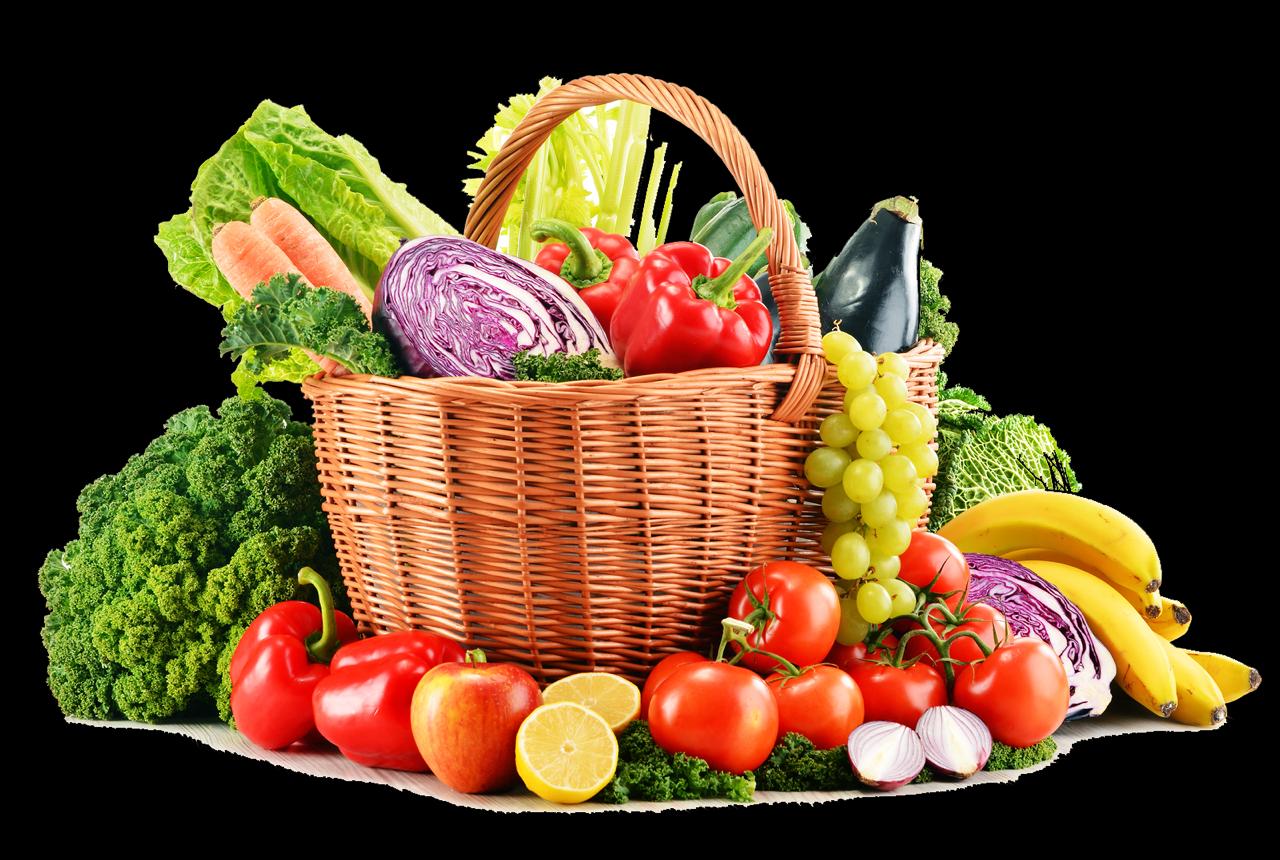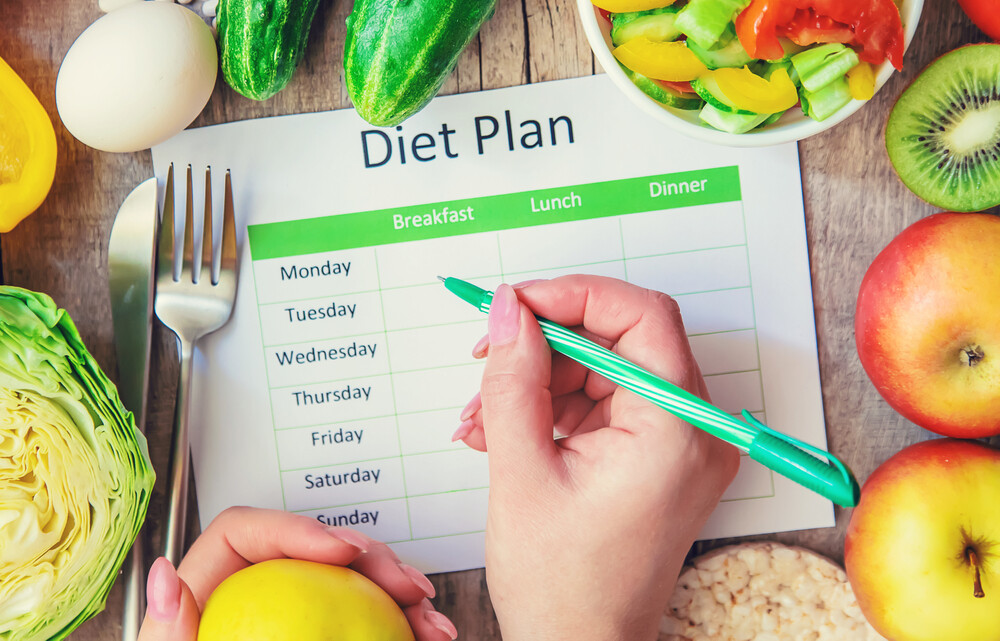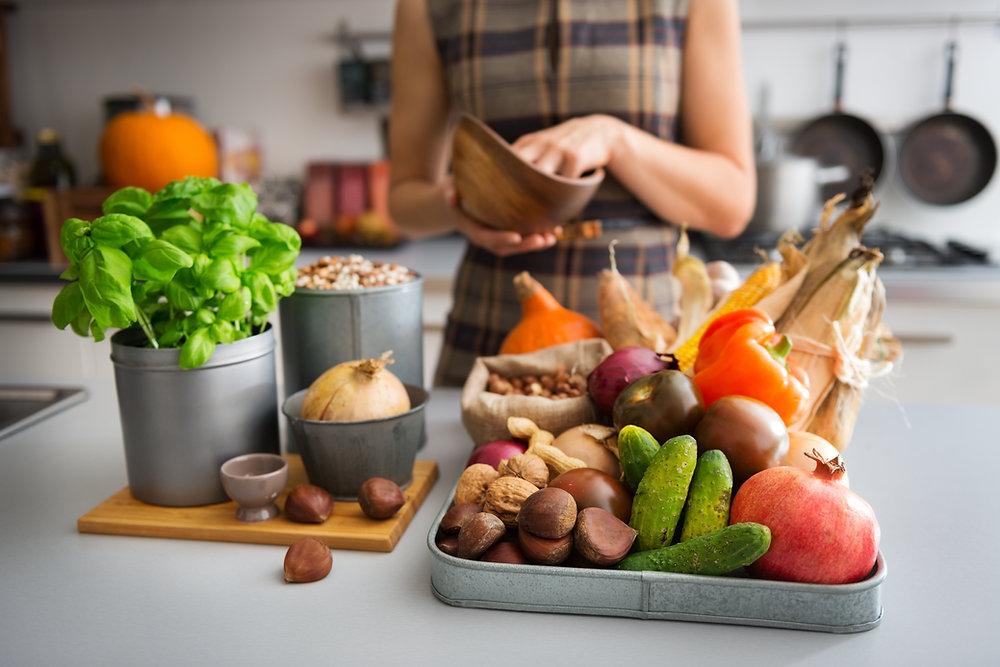Embracing a Fruit and Veggie Diet Meal Plan for Optimal Health.

As of late, the leafy foods diet dinner plan has acquired huge prevalence as a pathway to better wellbeing, weight the board, and by and large prosperity. By zeroing in on different foods grown from the ground, this diet plan gives fundamental supplements, advances normal weight reduction, and decreases the gamble of constant illnesses.
In this far reaching guide, we will investigate the advantages of a foods grown from the ground diet feast plan, how to structure your dinners, and functional ways to integrate more products of the soil into your everyday daily practice. By following this aide, you will be well en route to receiving the various rewards of a foods grown from the ground diet feast plan.
The Benefits of a Fruit and Veggie Diet Meal Plan

Embracing a leafy foods diet dinner plan offers various medical advantages. Foods grown from the ground are plentiful in fundamental nutrients, minerals, cell reinforcements, and fiber, all of which assume an essential part in keeping up with great wellbeing.
Here are some of the key benefits:
Nutrient-Rich Diet: Foods grown from the ground are loaded with fundamental supplements like nutrients A, C, and K, potassium, and folate. These supplements are crucial for keeping up with sound skin, helping the safe framework, and supporting by and large physical processes.
Weight Management:
 A products of the soil diet dinner plan can support weight the executives. These food varieties are normally low in calories and high in fiber, which assists you with feeling full longer and diminishes generally calorie admission.
A products of the soil diet dinner plan can support weight the executives. These food varieties are normally low in calories and high in fiber, which assists you with feeling full longer and diminishes generally calorie admission.
Reduced Risk of Chronic Diseases: Consuming an eating routine wealthy in products of the soil can bring down the gamble of ongoing sickness like coronary illness, stroke, and certain diseases. The cell reinforcements and phytochemicals found in these food sources assist with safeguarding the body from hurtful free extremists.
Improved Digestive Health: The high fiber content in leafy foods advances sound assimilation and customary defecations, forestalling clogging and other stomach related issues.
Enhanced Skin Health: The nutrients and cancer prevention agents in foods grown from the ground add to solid, gleaming skin. L-ascorbic acid, specifically, is known for its job in collagen creation, which keeps up with skin flexibility and diminish wrinkles.
Structuring Your Fruit and Veggie Diet Meal Plan:

Making a decent leafy foods diet dinner plan includes integrating different products of the soil into your everyday feasts. Here are a few hints to assist you with beginning:
Breakfast: Begin your day with a supplement thick breakfast that incorporates different foods grown from the ground. Here are a few thoughts:
Smoothies: Mix your #1 natural products with a small bunch of salad greens like spinach or kale. Add a scoop of protein powder or a tablespoon of chia seeds for an extra dietary lift.
Fruit Salad: Combine a mix of berries, sliced bananas, and diced apples with a dollop of Greek yogurt. Sprinkle with nuts or seeds for added crunch and nourishment.
Veggie Omelet: Whisk together eggs with hacked vegetables, for example, ringer peppers, tomatoes, and onions. Cook until the eggs are set, and appreciate with a side of entire grain toast. Lunch For lunch, expect to make adjusted dinners that consolidate various vivid vegetables.
Think about these choices:
Salad Bowls: Fabricate a good plate of mixed greens with blended greens, cherry tomatoes, cucumbers, carrots, and avocado. Top with barbecued chicken, tofu, or beans for protein, and shower with a solid dressing like olive oil and balsamic vinegar.
Veggie Wraps: Fill entire grain tortillas with hummus, cut chime peppers, destroyed lettuce, and ground carrots. Roll up and partake in a convenient, supplement stuffed lunch. Pan sear: Sauté a blend of your number one vegetables, like broccoli, snap peas, and mushrooms, in a limited quantity of olive oil. Add tofu, shrimp, or chicken, and serve over earthy colored rice or quinoa. Dinner Supper is a valuable chance to incorporate different cooked and crude vegetables.
Here are some supper thoughts:
Roasted Vegetables: Throw vegetables like yams, Brussels fledglings, and cauliflower with olive oil, salt, and pepper. Cook in the stove until delicate and caramelized, and present with a protein source like barbecued fish or vegetables.
Veggie Pasta: Use spiralized zucchini or spaghetti squash as a base, and top with a custom made pureed tomatoes stacked with sautéed vegetables like chime peppers, onions, and spinach. Add a sprinkle of Parmesan cheddar for some zing.
Stuffed Peppers:Fill chime peppers with a combination of quinoa, dark beans, corn, and diced tomatoes. Prepare until the peppers are delicate and the filling is warmed through. Functional Ways to consolidate More Foods grown from the ground Integrating more products of the soil into your eating regimen can be simple and charming with a couple of reasonable techniques:
Plan Ahead: Plan your feasts and snacks ahead of time to guarantee you generally have new products of the soil close by. Make a staple rundown and stick to it to keep away from drive acquisition of less solid choices.
Keep It Basic: Begin with straightforward recipes and progressively integrate more intricate dishes as you become more OK with cooking and getting ready leafy foods.
Clump Cooking: Get ready huge groups of vegetable-based dishes, like soups, stews, and goulashes, and store them in the ice chest or cooler for speedy, good feasts over time.
Nibble Shrewd: Save new leafy foods prepared for eating. Pre-cut veggies like carrots, celery, and ringer peppers can be matched with hummus or a yogurt plunge for a delightful tidbit.
Try different things with New Food varieties: Take a stab at integrating various products of the soil that you might not have attempted previously. Visit neighborhood ranchers’ business sectors for occasional produce and request planning tips from the merchants. Beating Difficulties While changing to a foods grown from the ground diet feast plan can be exceptionally fulfilling, you might experience a few difficulties en route.
Here are a few normal deterrents and how to beat them:
Limited Variety, Eating similar leafy foods can become dreary. To stay away from this, investigate new produce routinely. Attempt different cooking strategies like barbecuing, simmering, steaming, or crude arrangements to keep your feasts intriguing.
Time Imperatives Getting ready new leafy foods can time-eat. To save time, consider buying pre-cut or frozen produce, which can be similarly as nutritious as new. Furthermore, putting resources into kitchen devices like a food processor or a spiralizer can accelerate planning.
Picky Eaters:
Assuming you have relatives who are particular eaters, include them in the dinner arranging and planning process. Allow them to pick leafy foods they will attempt to track down innovative ways of integrating them into feasts, like mixing vegetables into sauces or adding natural products to pastries.
Test Week by week Products of the soil Diet Feast Plan To assist you with beginning, here is an example week after week feast plan that integrates various foods grown from the ground into every dinner:
Day 1
Breakfast: Berry smoothie with spinach, banana, and almond milk.
Lunch: Quinoa salad with blended greens, cherry tomatoes, cucumbers, and avocado,
Supper: Cooked vegetable variety with yams, Brussels fledglings, and cauliflower, presented with barbecued salmon.
Day 2
Breakfast: Greek yogurt finished off with cut strawberries, blueberries, and a sprinkle of granola.
Lunch: Veggie wrap with hummus, ringer peppers, destroyed lettuce, and ground carrots.
Supper: Veggie pasta with spiralized zucchini, custom made pureed tomatoes, and sautéed vegetables
Day 3
Breakfast: Veggie omelet with ringer peppers, tomatoes, and onions.
Lunch: Blended green serving of mixed greens in with barbecued chicken, avocado, cherry tomatoes, and a balsamic vinaigrette.
Supper: Stuffed chime peppers with quinoa, dark beans, corn, and diced tomatoes
Day 4
Breakfast: Smoothie bowl with blended mango, pineapple, and spinach, polished off with cut banana and chia seeds.
Lunch: Sautéed food with broccoli, snap peas, mushrooms, and tofu, served over natural hued rice.
Dinner: Seared butternut squash soup with a side of salad greens .
Day 5
Breakfast: Whole-grain toast with mashed avocado and a side of mixed berries.
Lunch: Chickpea salad with diced cucumbers, tomatoes, red onions, and a lemon-tahini dressing
Dinner: Veggie burger with sweet potato fries and a side salad
Day 6
Breakfast: Smoothie with blended berries, banana, spinach, and almond milk.
Lunch: Greek serving of mixed greens with cucumbers, tomatoes, olives, feta cheddar, and a lemon-olive oil dressing.
Supper: Ratatouille with eggplant, zucchini, chime peppers, and tomatoes, presented with quinoa.
Day 7
Breakfast: Cereal finished off with cut apples, pecans, and a shower of honey.
Lunch: Broiled vegetable and hummus wrap with blended greens and destroyed carrots Supper: Prepared eggplant parmesan with a side of steamed broccoli
Conclusion:
A leafy foods diet feast plan is an incredible asset for accomplishing and keeping up with ideal wellbeing. By integrating various leafy foods into your day to day dinners, you can partake in a supplement rich eating regimen that supports weight the board, lessens the gamble of ongoing sicknesses, and advances in general prosperity.
With a touch of arranging and innovativeness, you can make this diet arrangement a pleasant and manageable piece of your way of life. Embrace the wealth of nature’s abundance and leave on an excursion towards a better, more dynamic you.



